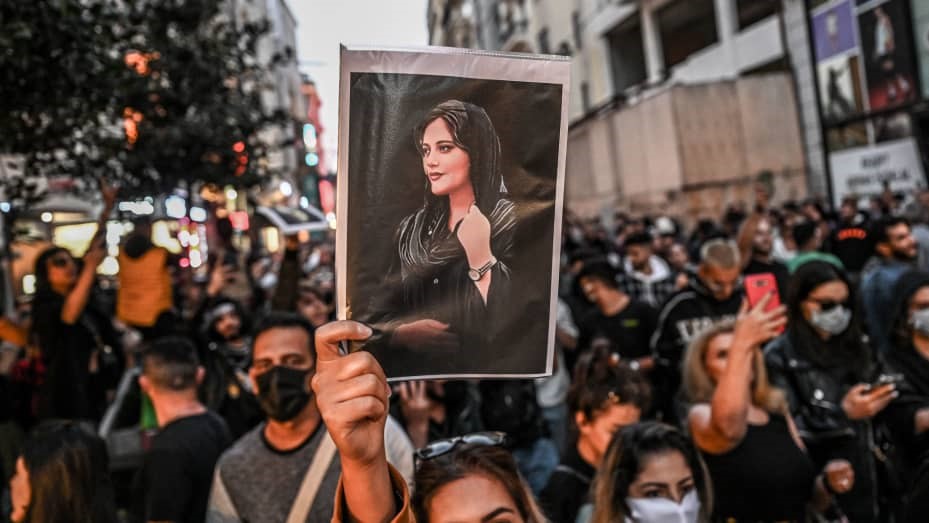Free Courses Sale ends Soon, Get It Now


Free Courses Sale ends Soon, Get It Now



Disclaimer: Copyright infringement not intended.
Context
How did the protests start?
{youtube https://www.youtube.com/watch?v=S3NrDkffNCM%5D}
What did protesters want?
Quelling the protests
Did anything change?
[youtube https://www.youtube.com/watch?v=hufwsgMzDOM%5D]
How will Iran’s leaders shore up their position?
A ‘Symbol of Every Woman’s Struggle’
https://www.bbc.com/news/world-66834156
© 2024 iasgyan. All right reserved